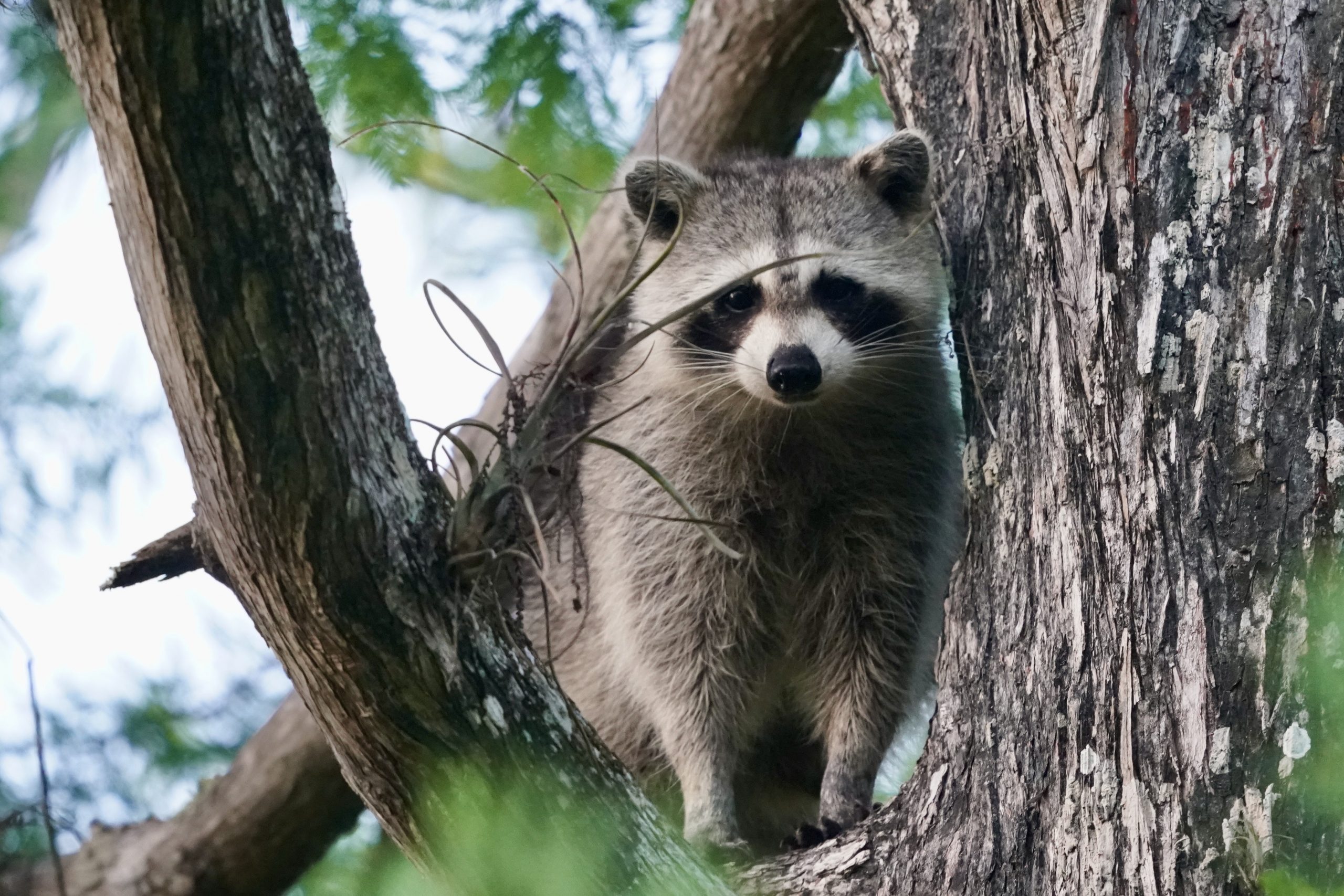By Allison Vincent

In general, the human mind operates at an exponential pace, keeping time with the flow of society. We tend to have trouble slowing down and observing the different habits of other living things. Likely, that is because it can be difficult to notice these other forms of life living in our human-centric culture, but it can be done closer to home than you might think.
Think about your first memory of being in a forest, nature preserve or park. You get outside seeking adventure, and whatever you’re expecting, it pales in comparison to the real thing. Perhaps you’re lucky enough to see something that is actually majestic – like a white-tailed deer with a strong prancing grace and huge skyward-facing rack of antlers, or some Everest-high clouds rising above a flat Florida landscape.
Oftentimes it’s these personal connections that make these natural places special to us as individuals and it’s only through time and experience that we realize the significance is more than it seems. You’ll be glad to know that accompanying the vistas and wildlife along the CREW trails, there’s a long-range plan in effect, one that looks to our universal need for water and the protection of watersheds.
Watersheds are everywhere, get to know yours at CREW!

Forward-thinking people have for generations set aside huge swaths of land, like the CREW Project, for future generations. These public lands benefit the present inhabitants of an area manyfold, while also protecting our ongoing needs. The need for water, one of Maslow’s seven basic needs, is met by protecting the CREW watershed where many southwest Florida’s residents get their drinking water.
A unique mixture of partners divide up the roles of preservation at CREW. Land management falls to the primary land owners, the South Florida Water Management District (the District for short) which takes on the arduous role of long range planning – taking into account the complex needs of people and wildlife. The Florida Fish and Wildlife Conservation Commission (FWC) pursues in-depth and long ranging scientific observation projects focused on CREW’s native wildlife. The non-profit CREW Trust expands public access to the lands through a 36+ mile network of trail systems and provides environmental education to our community through contributions via membership, donations, sponsorships, trail visitation, and volunteerism.
Whatever first brings you to wild places like CREW, or even if you never visit, every single resident in this region of southwest Florida contributes to and benefits from the foresight of protecting CREW’s lands for water. The 60,000+ acre watershed that makes up CREW is permeable – under all those pretty wildflowers and trees that we enjoy on hikes, water soaks through – purifying it through the limestone rock and storing it in the aquifer below.
Make a connection with CREW

Hiking along the CREW trails, listen for the erratic yet hypnotic buzz of a bee hive you could easily miss in the rapid pace of society. Instead, allow yourself to pause and listen; search for the pixelated movement of wings, coming to and fro from the hive epicenter. It’s not like bees often stop to look at us either, but humans are capable of slowing down to witness another life form. FWC biologists do it all the time at CREW and we are all capable of this broader understanding; that’s why we’ve made it easy to practice your observation skills at CREW.
Whatever brings you to the CREW trails and if you only remember one important thing from this article remember this: alligators love suntanning as much as Floridians. Seriously though, your contributions- through your tax dollars, your membership with the CREW Trust, or your visits to CREW trails with friends and family – are making a difference for generations to come.
Thank you!






























































































